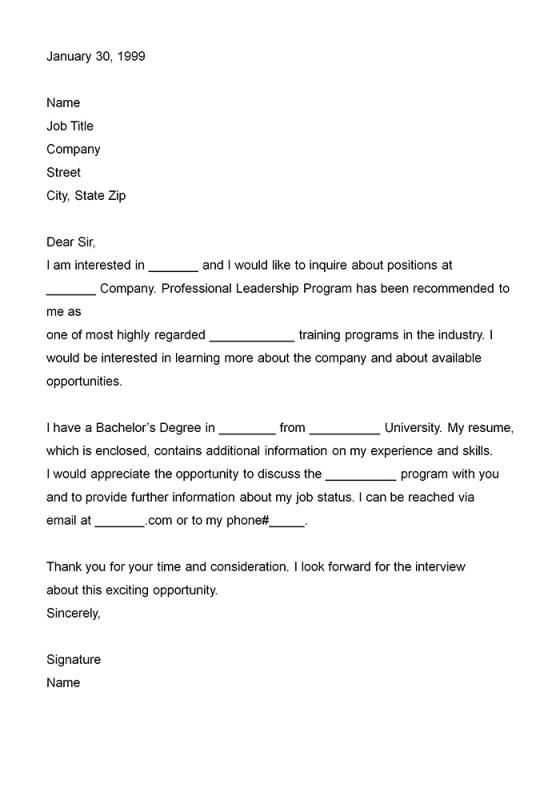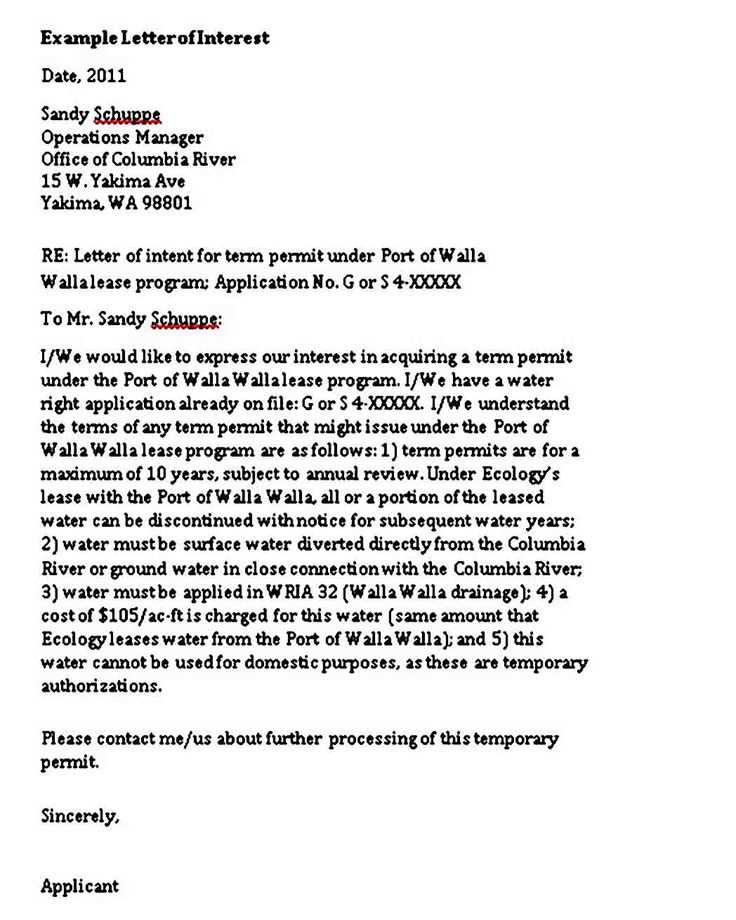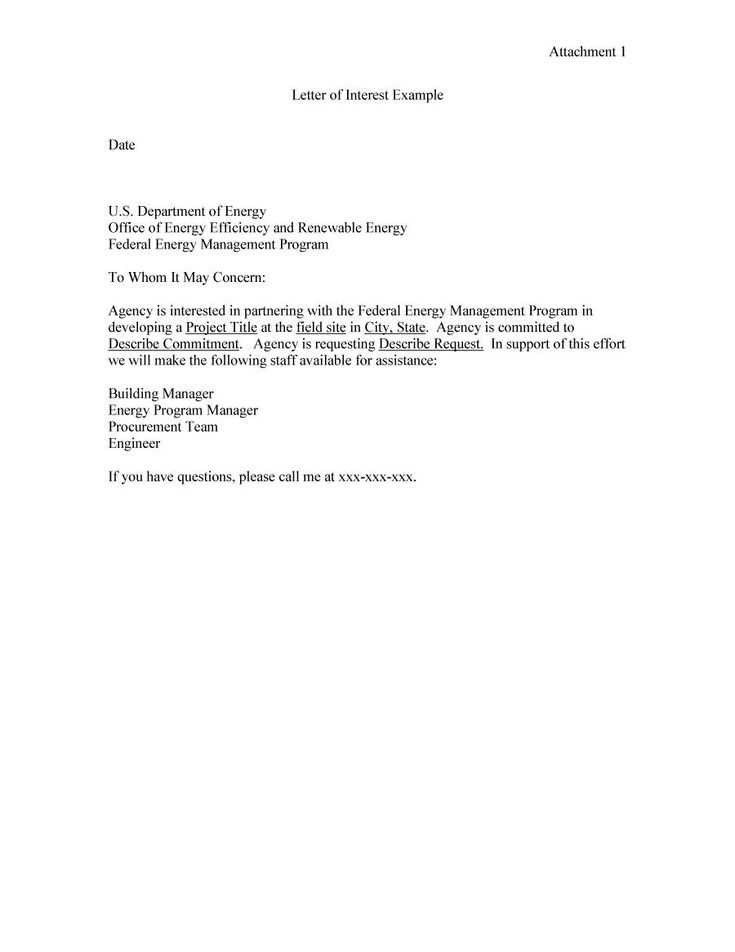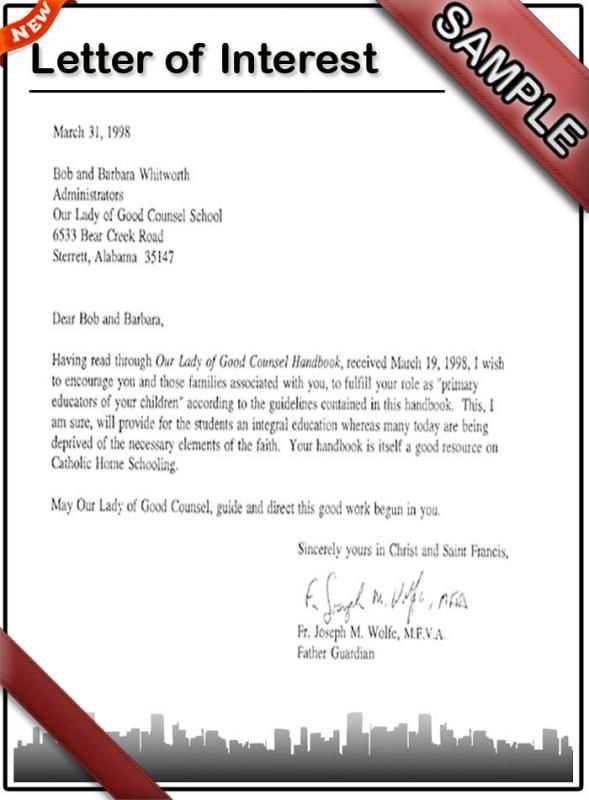How to Write a Letter of Interest with a Template

Creating a formal document expressing your desire to join a company or engage with an organization can be an essential step in securing opportunities. Such a communication allows you to demonstrate your interest and qualifications without waiting for an advertised position. In this guide, we’ll explore how to structure this type of message to ensure it’s both effective and compelling.
Why You Should Consider Writing One

This type of message serves as a proactive way to make your intentions known to a potential employer or partner. It highlights your enthusiasm and ability to communicate clearly, which can leave a positive impression even if no immediate openings are available.
Key Benefits
- Initiates Professional Connections: It opens the door to networking with decision-makers.
- Showcases Your Enthusiasm: It demonstrates your eagerness to contribute to a specific company or organization.
- Establishes Yourself as a Serious Candidate: Even without a job listing, your initiative sets you apart from others.
Essential Components to Include

Your message should include several key elements that clearly present your intentions and background:
- Personal Introduction: Briefly introduce yourself and state the purpose of your message.
- Why You’re Interested: Explain why you are drawn to the company and its work.
- Relevant Skills and Experience: Highlight the strengths you bring that could benefit the organization.
- Call to Action: Close by requesting further communication or offering to meet.
Best Practices for Crafting Your Message

While it’s important to be professional, your tone should also reflect your personality. Here are some tips for making your communication stand out:
- Be concise: Avoid unnecessary details that might distract from your main points.
- Research the organization: Tailor your message to align with the company’s goals and culture.
- Proofread: Ensure your document is free of errors to maintain a professional image.
By following these guidelines and structuring your communication thoughtfully, you’ll maximize your chances of capturing attention and fostering meaningful connections. A well-crafted expression of intent can be your first step toward a new opportunity or collaboration.
Understanding the Purpose of a Formal Request
Advantages of Writing a Formal Proposal
Key Components to Include in Your Document
Common Pitfalls to Avoid in Applications
Suggestions for Tailoring Your Communication
Ideal Timing for Sending Your Request
Creating a formal communication to express your desire to collaborate or seek potential opportunities is an essential skill. This type of message is an initiative that allows you to express your enthusiasm and qualifications, even in the absence of a posted vacancy. It helps you stand out, showing proactivity and dedication to your professional growth.
Advantages of Writing a Formal Proposal: This approach allows you to introduce yourself to an organization before positions are made public. It shows initiative and highlights your enthusiasm for contributing. A well-written communication can create a lasting impression and set the stage for future engagement.
Key Components to Include in Your Document: An effective proposal should clearly state your purpose, such as seeking employment or establishing a partnership. It must include a concise introduction, explain why you’re interested in the organization, showcase your relevant skills, and end with a clear call to action.
Common Pitfalls to Avoid in Applications: Avoid being overly generic. Tailor your message to the organization’s goals. Ensure your document is well-structured and free from errors. Avoid sounding desperate or too forceful, and refrain from including irrelevant details that could distract from your core message.
Suggestions for Tailoring Your Communication: Personalize your message by demonstrating knowledge of the company’s work and values. Mention specific projects or initiatives that resonate with your professional experience and skills. Show that you are genuinely interested in what they do and how you can contribute to their success.
Ideal Timing for Sending Your Request: The best time to send such a communication is when you have researched the company and identified areas where your skills align with their needs. It’s also important to reach out when the company is most likely to be considering new talent, such as during their planning or hiring cycles.